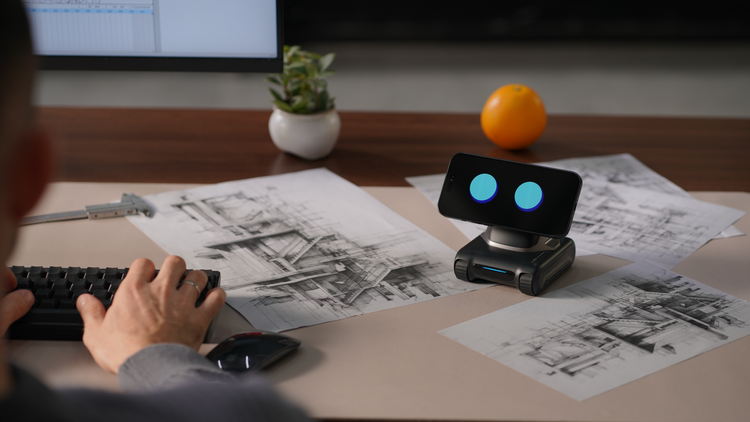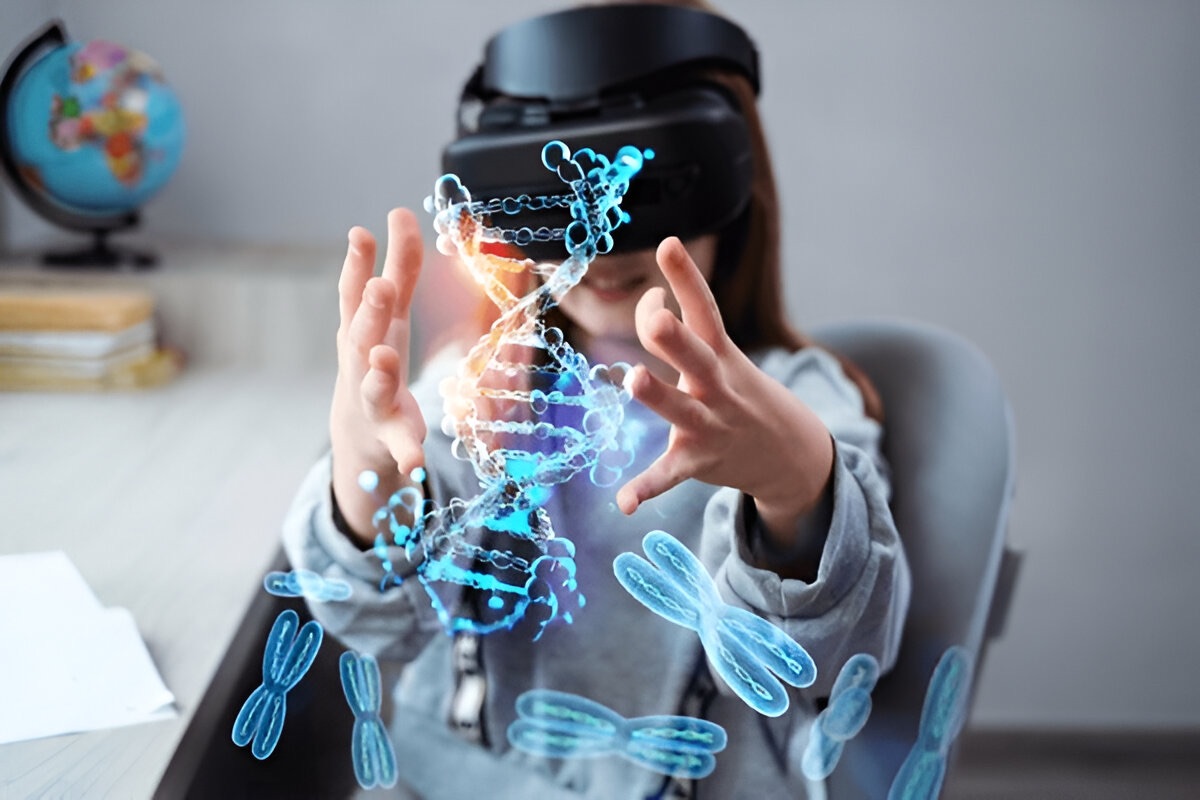Tech-Life Balance: Crafting a Human-Centric Technological Utopia
Imagine a world where devices silently purify air and water, blending seamlessly with the gentle sound of wind chimes as you brew your morning coffee. Your kids head to school, and robots assist with cleaning and preparing homegrown food for a community meal. This serene balance of nature and technology fosters peace, reflecting a future where innovation enhances daily life.
Consumer Sentiment: Balancing Anxiety and Excitement
VisualGPS consumer research reveals a split in sentiment about the future, with 51% of US consumers feeling anxious and 49% excited. Yet, 60% feel empowered by technology, compared to 40% who feel overwhelmed. As technology advances, brands can guide consumers toward a balanced, healthy, and connected utopia by showcasing products that enhance real-life experiences.
Tech-Life Balance: Personalizing Technology
Technology brands often highlight business-focused scenarios, but there’s growing excitement for AI tools and personal tech impacts. By 2025, US voice assistant users are projected to reach 153.5M, an 8.1% increase from 142M in 2022. Devices like Google Home and Alexa simplify tasks, from playing music to answering kids’ questions, making daily life more manageable.
Expanding Lifestyle Imagery
Lifestyle imagery, though only 15% of technology visuals, offers room for growth. Consumers crave relatable scenarios like cooking, cleaning, grocery shopping, self-care, and family time. By focusing on these moments, brands can boost relatability, embedding personalization into their messaging and aligning with real-life needs.

Essential Tech: Prioritizing Wellness and Accessibility
Wellness is a top priority for 82% of US consumers, yet only 2% of technology visuals depict healthy lifestyles. While computers, cellphones, and tablets dominate imagery, newer health tech like fitness trackers (e.g., Apple Watch) represents less than 1% of visuals despite a 41% market growth. Autonomous tech, such as Glide by Glidance for the blind, also lacks representation.
Inclusive Technology for All
Essential technologies empower consumers by simplifying health and accessibility needs. Increasing visibility of people with disabilities, unique health requirements, and the devices they use helps brands align with consumer values. Showcasing diverse, evolving tech reinforces its role as an intrinsic part of life.
Shaping a Human-Centric Future
Technology is becoming part of our identity without overwhelming it. By highlighting diverse scenarios, inclusive devices, and expanded lifestyle imagery, brands can reflect this shift authentically. Emphasizing ease of control and human connection welcomes consumers into a technological utopia that resonates with their values and aspirations.
Source: Getty Images
Source: Getty Tech News




Imagine a world where technology seamlessly integrates into our daily lives, enhancing our well-being and connectivity. I’m intrigued by the idea of a future where innovation fosters peace and harmony, but I wonder how realistic it is for technology to balance nature and our hectic lives. The split in consumer sentiment—between anxiety and excitement—feels relatable; while some advancements simplify tasks, others feel overwhelming. It’s fascinating to see how brands could bridge this gap by focusing on relatable, lifestyle-driven imagery. Why aren’t we seeing more representation of health tech and accessibility tools in media? It seems like such a missed opportunity to inspire and empower people. Do you think brands are doing enough to align with real-life needs, or is there still a disconnect? I’d love to hear your thoughts on how technology can truly enhance our lives without adding to the chaos.